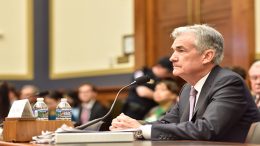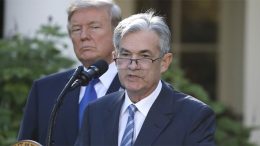US Monetary Policy: Pragmatism As New Guidance
Financial markets expect the US Federal Reserve (Fed) to raise its federal funds target rate on Wednesday for the fourth time this year, by 25 basis points (i.e. between 2.25% and 2.50%). Looking ahead, the FOMC will likely revise its “dots” lower for 2019, while the Fed will emphasise data dependence as relevant for its policy stance, rather than guidance by FOMC ‘dots’.









